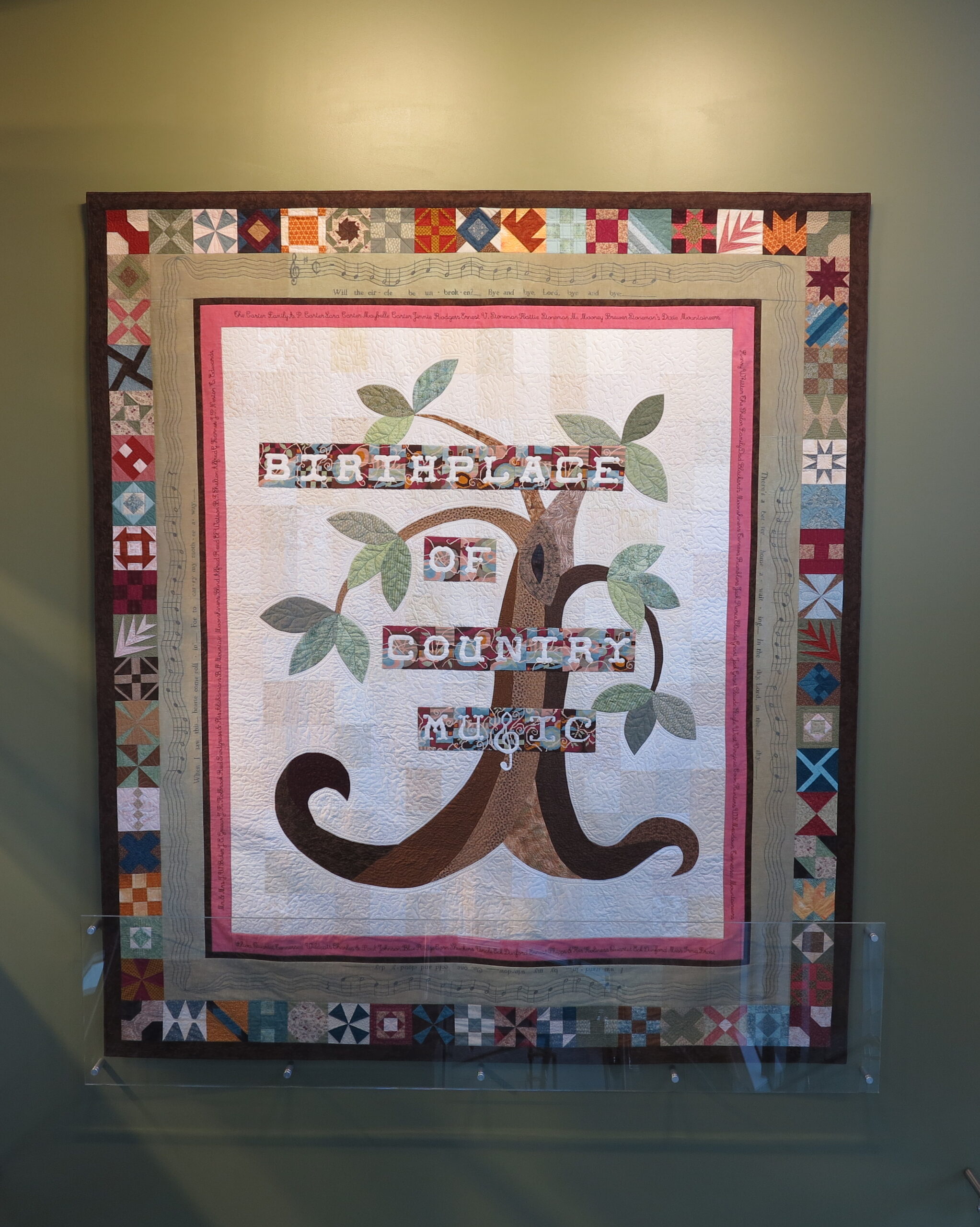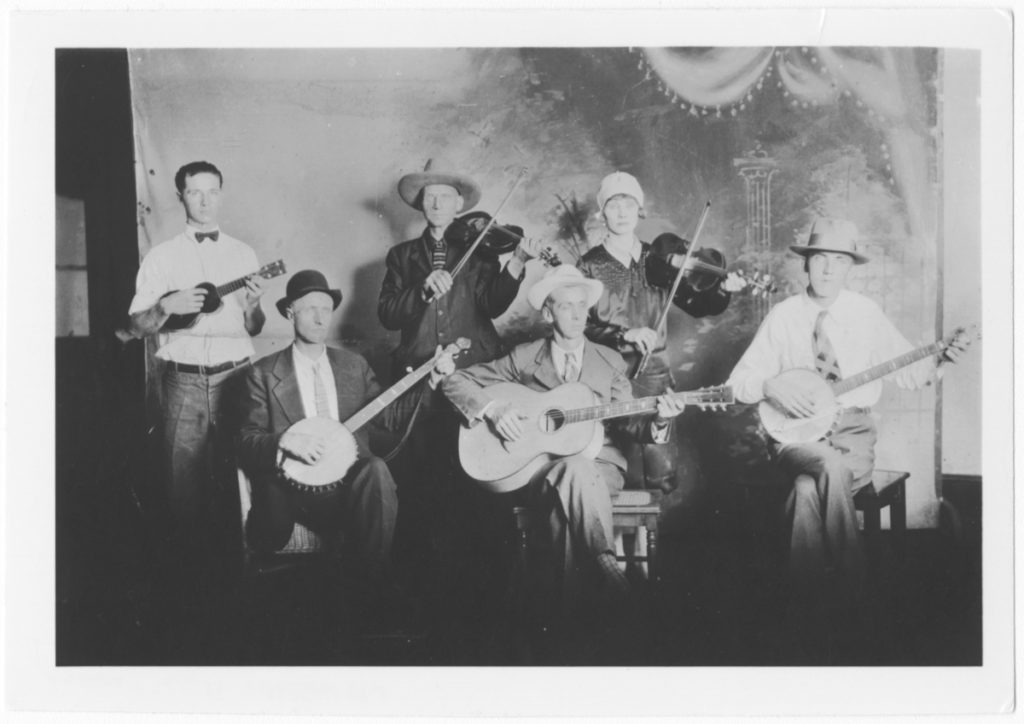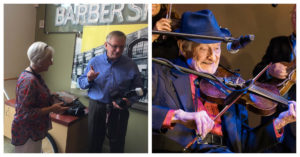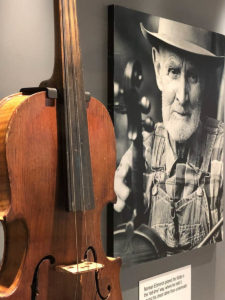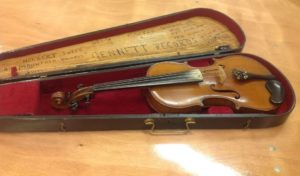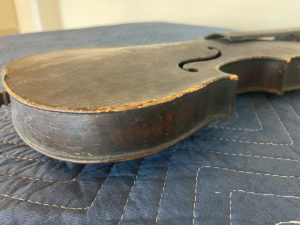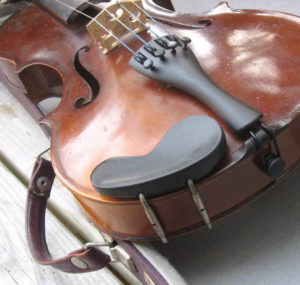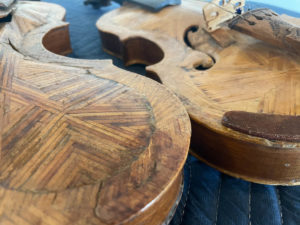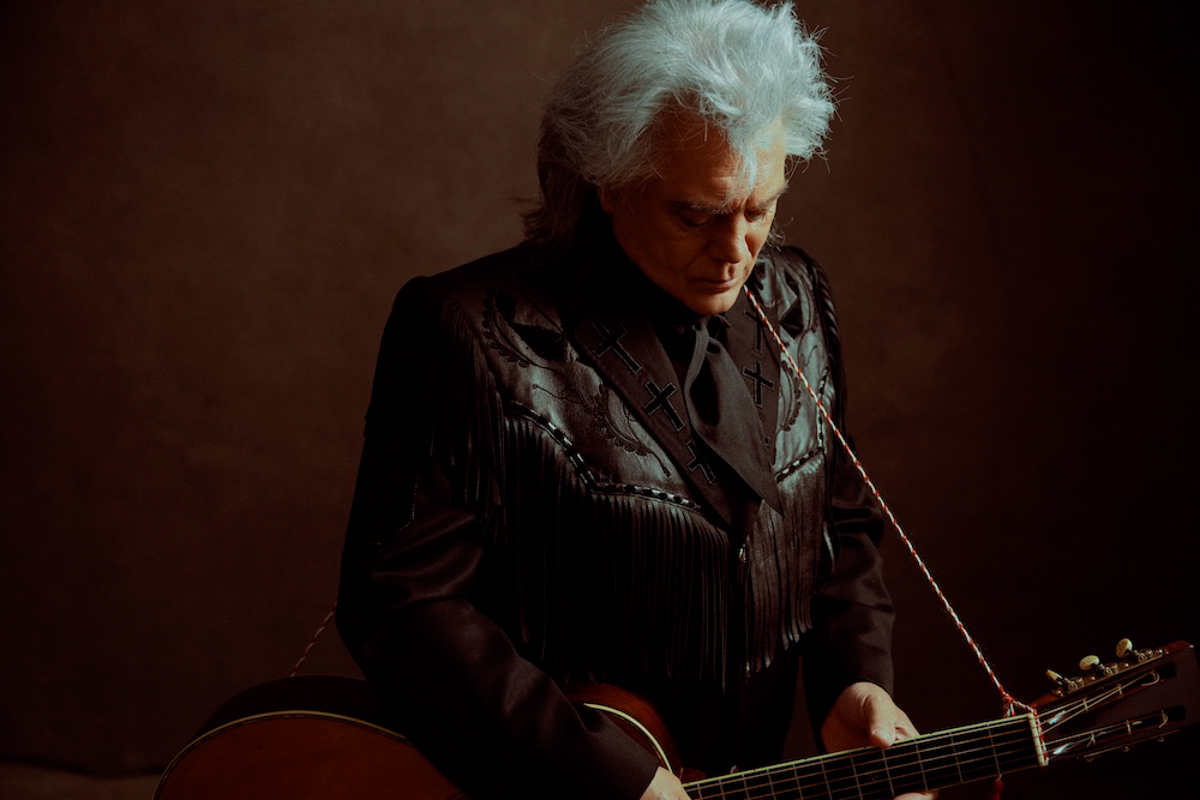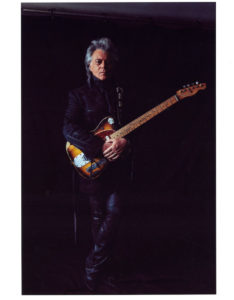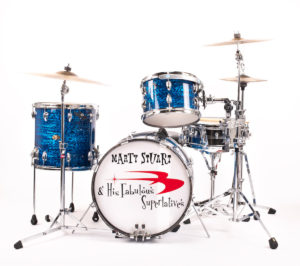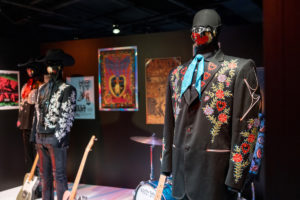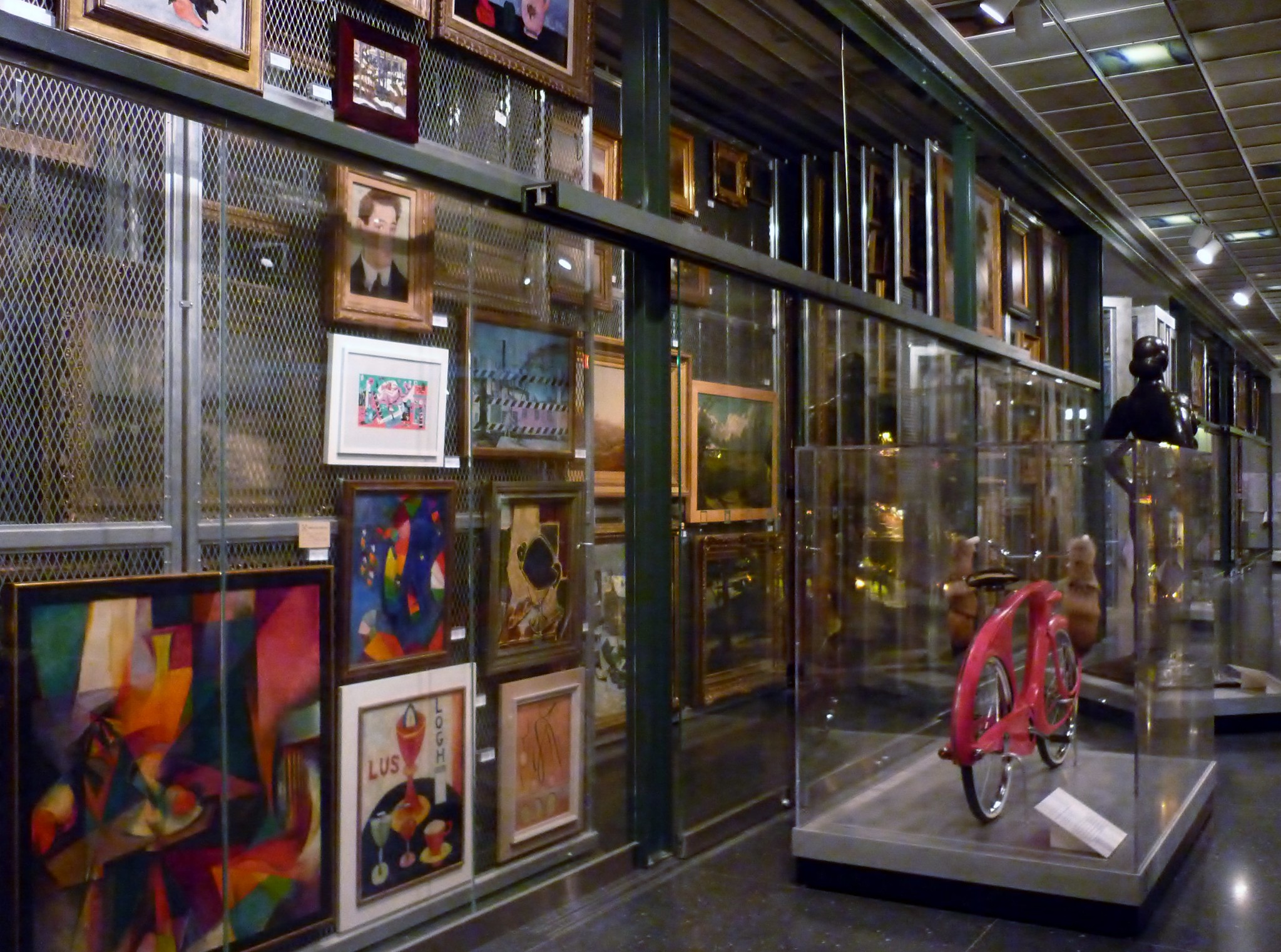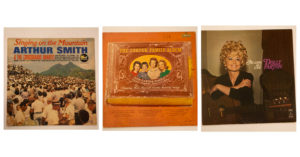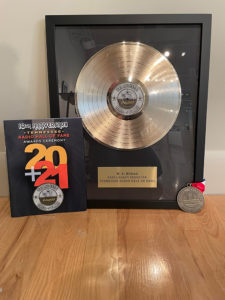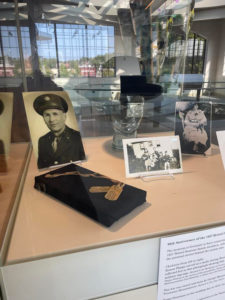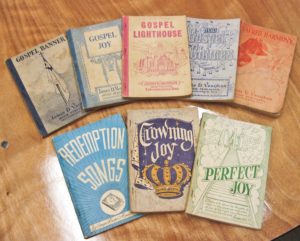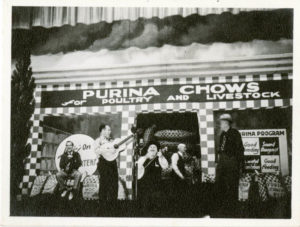The Birthplace of Country Music Museum’s quilt
By Julia Underkoffler, Collection Specialist at the Birthplace of Country Music Museum
Since the opening of the Birthplace of Country Music Museum in 2014, a quilt donated by the Bristol TN/VA Chapter of the Embroiderers’ Guild of America has been one of the first objects visitors have seen when entering the museum and heading up the stairs to the main exhibits.
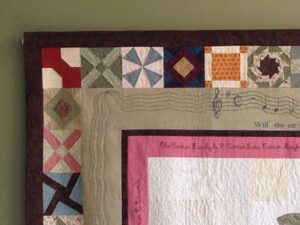
The quilt, which took two years to complete, has always captivated and inspired museum visitors and guests with its beautiful and complex design. Many aspects central to the 1927 Bristol Sessions and time period were included in the design of the quilt – a marriage of color, concept, and skill. The center of the quilt features the words “Birthplace of Country Music” overlaid across a stunning tree. The inner sage green border framing the center design includes the musical notes and lyrics of the The Carter Family song “Will the Circle Be Unbroken” and the inner pink border carries the names of the participants of the 1927 Bristol Sessions – each name carefully stitched along the border of the quilt in a whimsical design. The blocks that frame the entire quilt commemorate quilt blocks from the 1800s to the present day. The quilt’s design is inspired by the Stoney Creek Collections, a published cross-stitch design company. The final piece evokes a powerful emotion of pride for regional heritage, accented by the roots strongly anchoring our history and the growth of the tree representing our future.
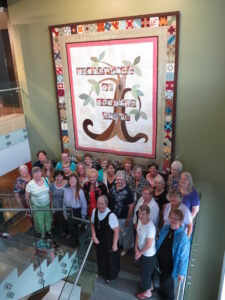
The quilt ended up being much larger than the quilters group originally planned – a testament to their passion and creativity! – with the final measurements being an incredible eight and a half feet wide and almost ten feet long. On July 14, 2014 the guild members were invited to the museum for the dedication of the quilt and a preview of the new Birthplace of Country Music Museum. The quilt has since been a focal point of the museum lobby for nearly a decade. The creation of this quilt was a true labor of love and friendship in support of the Birthplace of Country Music Museum and the twin cities of Bristol TN/VA.
One main part of my job as Collections Specialist is to care for and preserve the artifacts we have within our collection, and this role is arguably one of the most important jobs within the museum. My responsibility as caretaker of the museum’s collections, along with the documentation, photographing, and housing of all of the objects, is vital. In early March 2023, the quilt was taken down and placed in our collections storage for safekeeping and proper storage. There were many reasons for this decision, most importantly the preservation of the quilt itself. Institutions that have textiles in their collections must have a regular schedule to take the items off display or be sure that the textiles are located in a very dark area with special lighting to help prevent deterioration. Like any other textile objects, quilts are extremely fragile and sensitive to sunlight, and therefore that was one of the decision-making factors. Another issue that came into play was how our quilt was displayed – hanging from a specially made rod – and how that weight can affect the integrity of the quilt’s fabric, threads, and construction. In other words, it’s necessary to give textiles like our quilt time “to rest” by removing them from their hanging apparatus.
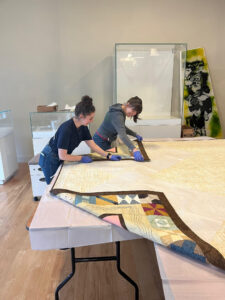
When the quilt was taken down, it was put out on several tables in a secured area for a few days before one of BCM’s board members, a fabric specialist, helped us to roll it on a tube with acid-free tissue paper and 100% cotton sheets, held together with pieces of fabric in four places. The quilt is now safely stored in the museum’s vault resting in the correct conditions, specifically where the temperature stays around 70 degrees and the humidity around 50 percent and with no natural light exposure.
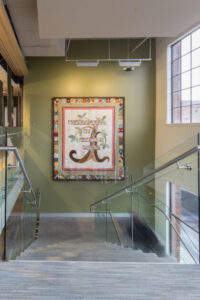
The quilt will remain resting in storage for several years before it can return to public display. Being a staff favorite and knowing the love and care that was put into its creation, it was hard for us to take it down – and our repeat visitors have certainly missed it! – but we know that this is the course of action that will ensure its preservation for generations to come. In the meantime, our curatorial team pulled together a variety of wonderful images of the museum and its exhibits and programs over the last nine years that are now on display in the space left behind by the quilt – from a student gospel group’s performance and our Pick Along campers to the Jimmie Rodgers guitar on display and several 1927 Bristol Sessions relatives.


